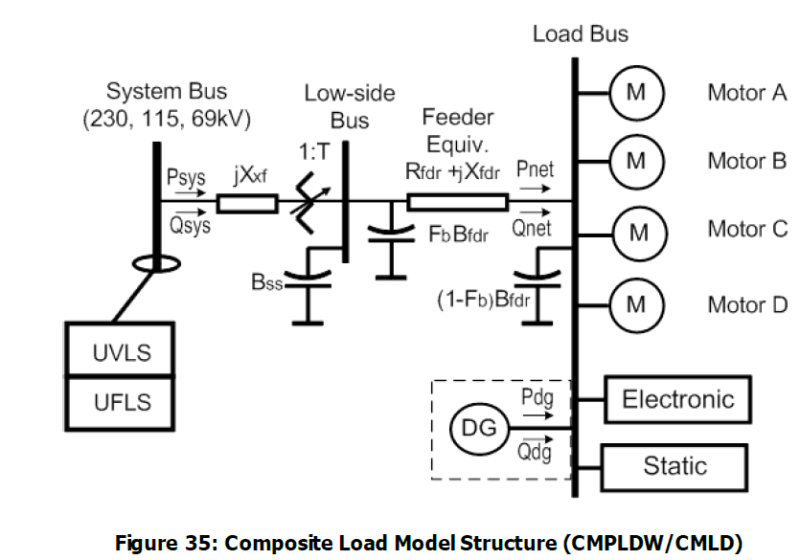Carlos Melim
Electrical
Good morning everybody.
Some grid stability studies neglect the demand side inertial contribution. Only compute the synchronous generators inertial contribution.
Other studies refer that, on the demand side, there are synchronous motors that must be considered.
The majority of electrical motors on the grid are asynchronous, induction type.
Do induction motors contribute to the grid inertia?
I know that if we install VFDs, they are decoupled from the grid and their inertial contribution is lost.
I didn´t find any document that addresses this subject so all your comments and expertise will be greatly appreciated.
Best regards.
Carlos Melim
Some grid stability studies neglect the demand side inertial contribution. Only compute the synchronous generators inertial contribution.
Other studies refer that, on the demand side, there are synchronous motors that must be considered.
The majority of electrical motors on the grid are asynchronous, induction type.
Do induction motors contribute to the grid inertia?
I know that if we install VFDs, they are decoupled from the grid and their inertial contribution is lost.
I didn´t find any document that addresses this subject so all your comments and expertise will be greatly appreciated.
Best regards.
Carlos Melim


![[afro2] [afro2] [afro2]](/data/assets/smilies/afro2.gif)